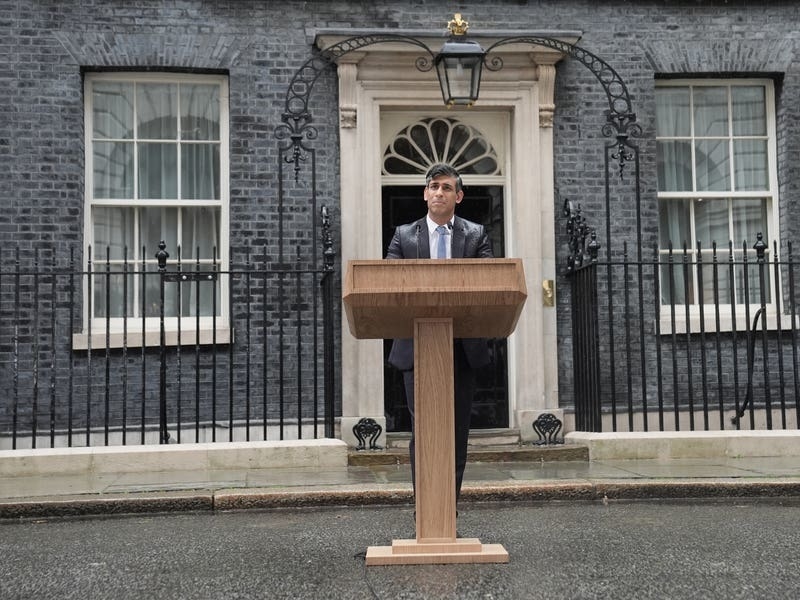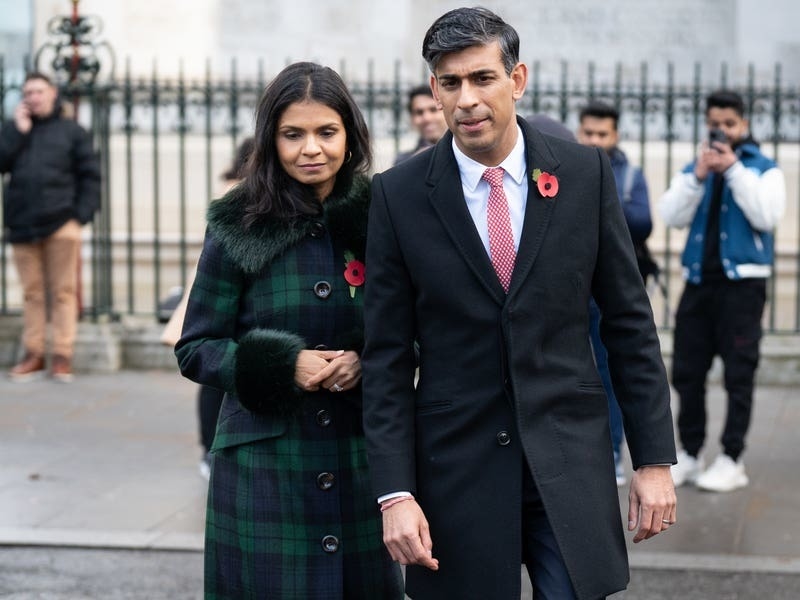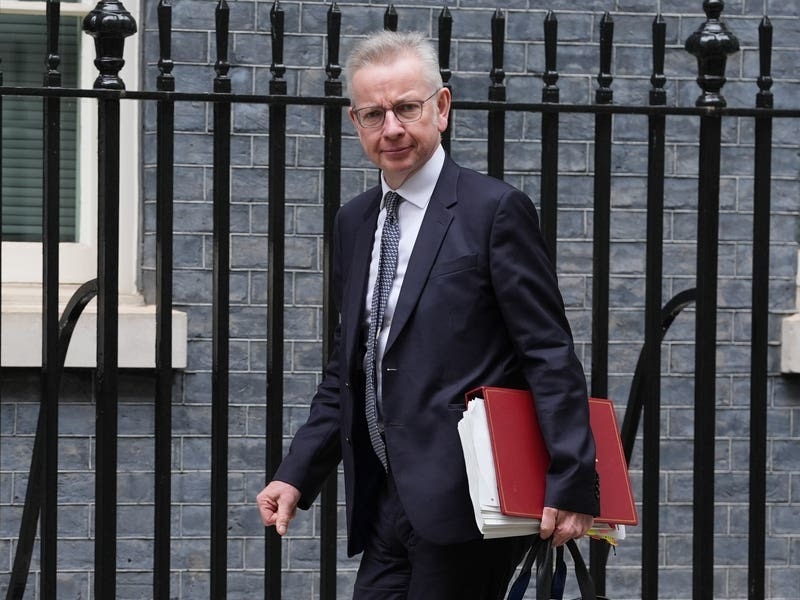ONLINE streaming sites like Netflix and Amazon UK have made it easier than ever to access thousands of films with the click of a few buttons.
And with Cineworld Jersey temporarily closed (although hopefully due to reopen ASAP), there has never been a better time to indulge in watching films in the comfort of your own home.
As such, I’ve been running a series on the JEP’s weekly film pages in which, every Saturday, I pick my top 50 must-see films from a particular genre – not necessarily the greatest ever made (although many of them certainly qualify as such), but the ones that I personally most recommend watching.
To date, I have covered crime, comedy, sci-fi, war, romance, horror, action/adventure, film noir, drama, westerns, children’s films, musicals and even so-bad-they’re-good films, and you can read my Top 50 Children’s Films list below.
For reasons more to do with OCD than anything else, I never allow the same film to appear in more than one list, thus ET is absent from my top 50 children’s films list because it already appears in my top 50 sci-fi films list, and so on.
All films are listed in order of personal preference, and all feedback is welcome, regardless of whether you agree or disagree with my choices: togg@jerseyeveningpost.com
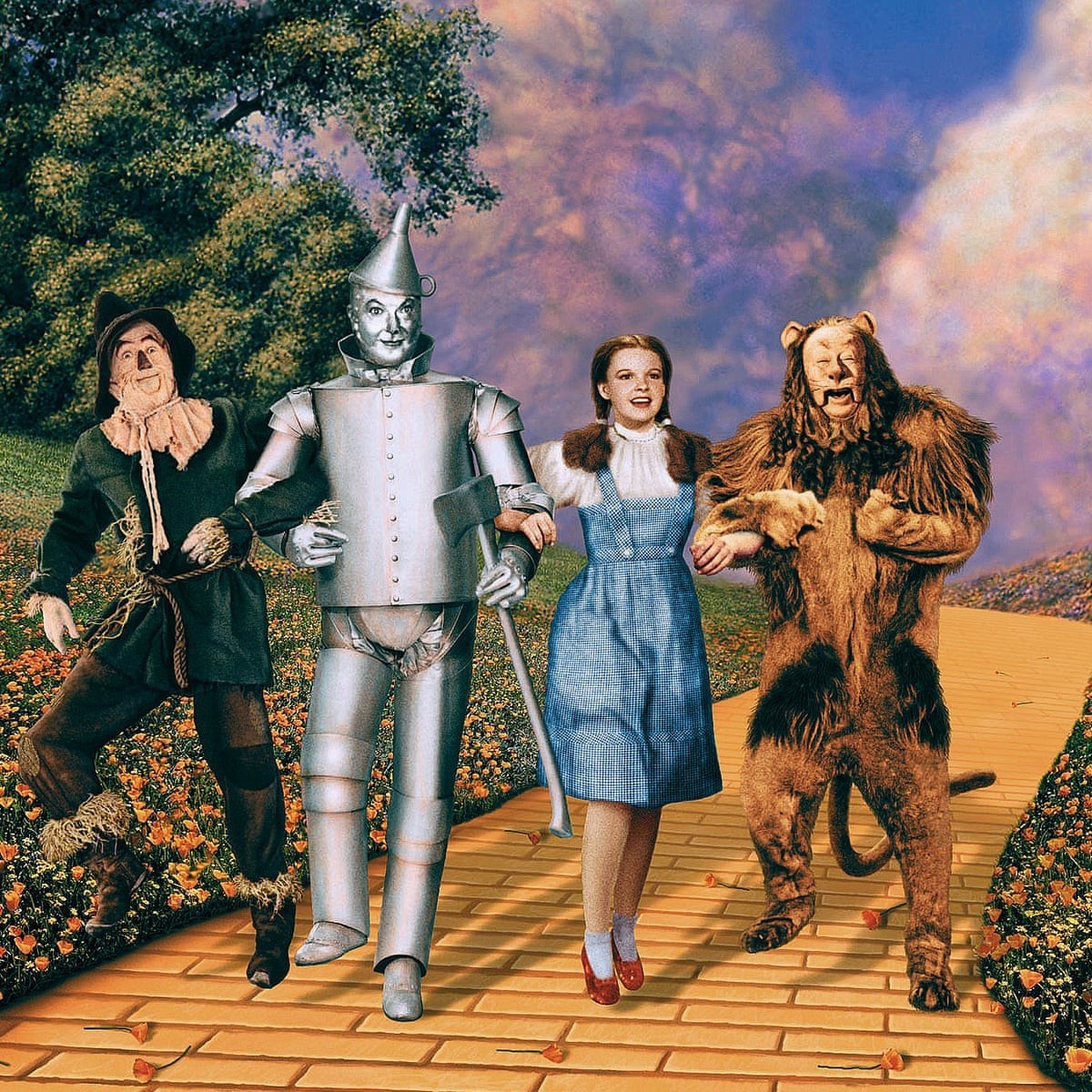
TOP 50 CHILDREN’S FILMS
ARE you sitting comfortably? Oh good, because now it’s time for my top 50 children’s films, which is a genre that I have always enjoyed despite not having been a child for the best part of three decades.
Before we begin, I ought to point out that, yes, I’m aware quite a few really great children’s films are absent from the list, not least such Disney gems as Fantasia (1940), Lady and the Tramp (1955) and One Hundred and One Dalmatians (1961). Basically, I was wary of overdoing the Disney and so had to reluctantly re-enact the final scene of Old Yeller on a few beloved classics (although, ironically, Old Yeller itself survived the cull).
There are also no Harry Potter films, partly because I’ve never quite understood the appeal, but mostly because even as a ten-year-old Emma Watson was utterly insufferable.
*Some animated films feature multiple directors. In such instances, and for reasons of space, I have listed only the supervising director and marked them with an asterisk.
1. Mary Poppins (1964, Robert Stevenson)
BASED on the classic series of books by Australian-English novelist PL Travers, Mary Poppins is in many ways the ultimate Walt Disney movie: a musical fantasy-adventure combining live-action, animation, timeless tunes and standout performances, including career-defining turns from Julie Andrews and Dick Van Dyke.
Originally, Disney had wanted Bette Davis to play Poppins, a casting decision of which the notoriously curmudgeonly Travers might well have approved (she complained that Andrews was too pretty), while Cary Grant was the studio’s first choice to portray Bert, the lovable jack-of-all-trades ultimately played by Van Dyke (about whom, more shortly).
Meanwhile, Disney regulars the Sherman Brothers were hired to provide the film’s unforgettable songs, of which tender lullaby Stay Awake and the oddly moving Let’s Go Fly a Kite are my personal favourites, although all the songs are enjoyable (a rare feat – even the best musicals typically feature at least one or two clunkers).
As has been well documented, Mary Poppins was a real passion project for Walt Disney, with the House of Mouse mogul spending several decades trying to obtain the screen rights to the books from Travers, a behind-the-scenes tug-of-war later recreated in John Lee Hancock’s Saving Mr Banks (2013).
Thankfully, Disney’s perseverance won the day, and although Travers herself hated the finished film (‘I said, “Oh God, what have they done?” she recalled), it was and remains one of the best-loved and most supercalifragilisticexpialidocious films in cinema history.
A very belated sequel, Mary Poppins Returns, appeared in 2018 and proved to be a surprise success, with the brilliant Emily Blunt doing a fine job of filling Andrews’ shoes.
Film fact: The, ahem, ‘cockney’ accent adopted by Dick Van Dyke is widely considered one of the all-time worst accents in motion picture history, and it is a testament to the giddy enthusiasm of Van Dyke’s performance that it doesn’t derail the film. As the American actor himself observed, Mary Poppins was filmed in the UK with a predominantly British cast and crew, yet no one ever questioned his accent: ‘Nobody said a word. Not Julie, not anybody, said that I needed to work on it, so I thought I was all right.’ That’s called British reserve, mate. They were all too polite to mention it.
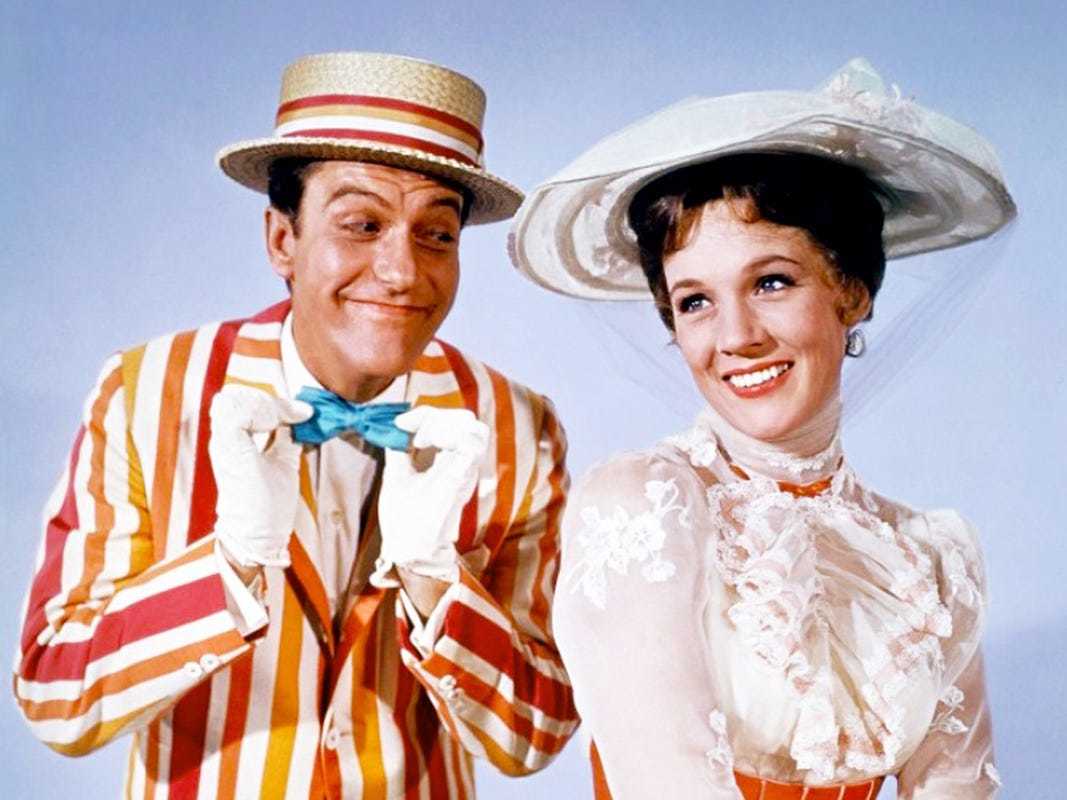
2. Toy Story 3 (2010, Lee Unkrich)
3. The Wrong Trousers (1993, Nick Park)
4. Bambi (1942, David Hand*)
5. The Wizard of Oz (1939, Victor Fleming)
6. Toy Story (1995, John Lasseter)
7. Up (2009, Pete Docter)
8. The Goonies (1985, Richard Donner)
9. Spirited Away (2001, Hayao Miyazaki)
10. The Snowman (1978, Dianne Jackson)
11. A Grand Day Out (1989, Nick Park)
12. Snow White and the Seven Dwarfs (1937, David Hand*)
13. The Lion King (1994, Roger Allers and Rob Minkoff)
14. Time Bandits (1981, Terry Gilliam)
15. Dumbo (1941, Ben Sharpsteen*)
16. Howl’s Moving Castle (2004, Hayao Miyazaki)
17. The Jungle Book (1967, Wolfgang Reitherman)
18. Willy Wonka and the Chocolate Factory (1971, Mel Stuart)
MEL Stuart’s adaptation of Roald Dahl’s classic Charlie and the Chocolate Factory sees the late, great Gene Wilder perfectly cast as Willy Wonka, the eccentric owner of the world’s greatest – and strangest – confectionary factory.
Packed full of catchy songs and likeable performances, Willy Wonka and the Chocolate Factory (the name change emphasising the film’s focus on Wonka himself) is also one of the most surreal children’s films ever made, from the hypnotically Day-Glo visuals of the factory interiors and the carrot-coloured Oompa-Loompas to the funny-creepy ways in which the less appealing child characters meet their doom.
Perhaps the most bonkers moment of all arrives when Wonka takes his visitors on a psychedelic boat ride through the factory’s tunnels: a journey incorporating strobe lighting and a hallucinatory montage of random images (including a beheaded chicken!), all of which calls to mind an altogether different kind of trip.
The scene is made doubly disquieting by Wilder, whose maniacal recitation of Dahl’s twisted verse (‘the danger must be growing/are the fires of Hell a-blowing?’) apparently left his fellow cast members genuinely alarmed – so much so that, if you listen carefully, you can hear someone (I think Julie Dawn Cole, aka Veruca Salt) breaking character and shouting ‘shut the **** up!’
Film fact: Roald Dahl had wanted Spike Milligan to play Wonka and was so disappointed with the changes to his book made by the studio that he disowned the film. Perhaps it’s just as well he wasn’t alive to see Tim Burton’s messy Charlie and the Chocolate Factory (2005) in which Johnny Depp portrayed Wonka as a sort of gurning Michael Jackson tribute act.

19. Wallace & Gromit: The Curse of the Were-Rabbit (2005, Nick Park and Steve Box)
20. Aladdin (1992, Ron Clements and John Musker)
21. Babe (1995, Chris Noonan)
22. Toy Story 2 (1999, John Lasseter)
23. Home Alone (1990, Chris Columbus)
24. Watership Down (1978, Martin Rosen and John Hubley)
25. A Close Shave (1995, Nick Park)
26. Paddington (2014, Paul King)
MANY classic British children’s cartoons have failed when transferred to the big-screen, from Thomas and the Magic Railroad (2000) and Postman Pat: The Movie (2014) to 2005’s horrible The Magic Roundabout (if you want to watch a fun Magic Roundabout film, check out 1970’s Dougal and the Blue Cat).
But then Paddington arrived in cinemas, armed with a small suitcase, a blue duffel coat and a half-eaten marmalade sandwich, and the misfiring spin-offs mentioned above were swiftly forgotten.
Directed by Paul King, Paddington begins deep in the Peruvian wilderness wherein our diminutive hero lives with his marmalade-loving aunt and uncle. Sadly, a deadly earthquake puts paid to their idyllic jungle-based lifestyle and Paddington is forced to relocate to London.
Once in the capital, Paddington finds himself taken in by the Brown family: enthusiastic mum (Sally Hawkins), sceptical dad (Hugh Bonneville), their two children and the family’s kooky cleaning lady, Mrs Bird (Julie Walters, slightly overdoing the twee).
At first, the Browns find Paddington a little over-‘bear’-ing (ba-dum tish!), but before long the whole family are won over by his charming old-school British etiquette.
Less taken by Paddington is the Brown’s neighbour, Mr Curry (a splendidly grouchy Peter Capaldi), who doesn’t approve of the new foreigner next door and complains that the street will be awash with bears ‘playing loud jungle music’.
A graduate of TV comedy shows (Come Fly with Me, The Mighty Boosh), director King – who co-wrote the screenplay with Hamish McColl – incorporates multiple Boosh-like stylistic flourishes throughout the film, not least a dazzling shot in which we’re treated to a doll’s house-like view of the Brown residence, with the front walls removed and the various inhabitants seen scuttling around inside.
Paddington himself, meanwhile, is a technical marvel. Often CGI can have a cold, flat, distracting look, but Paddington is such a warm and perfectly realised character that you soon forget he’s not actually there; an illusion helped in no small part by Ben Whishaw’s spot-on vocal work (the Brit actor was a last-minute replacement after original choice Colin Firth bailed).
Film fact: A sequel – Paddington 2 – was released in 2017, with much the same cast and crew, and proved to be another triumph. In fact, it really ought to be on this list as well. Let’s say this entry is for both Paddington films, shall we?

27. Ratatouille (2007, Brad Bird)
28. Labyrinth (1986, Jim Henson)
29. Castle in the Sky (1986, Hayao Miyazaki)
30. The Witches (1990, Nicolas, Roeg)
31. The Muppet Christmas Carol (1992, Brian Henson)
32. Pinocchio (1940, Ben Sharpsteen and Hamilton Luske*)
33. Charlotte’s Web (1973, Charles A. Nichols and Iwao Takamoto)
34. The Railway Children (1970, Lionel Jeffries)
35. A Matter of Loaf and Death (2008, Nick Park)
36. Beauty and the Beast (1991, Gary Trousdale and Kirk Wise)
37. Finding Nemo (2003, Andrew Stanton)
38. Big (1988, Penny Marshall)
39. Wall-E (2008, Andrew Stanton)
40. The Nightmare Before Christmas (1993, Henry Selick)
A STOP-MOTION musical masterpiece, The Nightmare Before Christmas tells the story of Jack Skellington, the ‘Pumpkin King’ of Halloween Town, which – as its name suggests – is a town dedicated to the celebration of All Hallows’ Eve.
Unbeknownst to the town’s residents, Skellington has grown weary of all things spooky and kooky, and as such finds himself enchanted when he stumbles upon the nearby Christmas Town.
Now filled with Yuletide spirit, Jack decides he and his ghoulish cohorts must dedicate themselves to spreading festive magic rather than fear, but unfortunately things don’t quite go according to plan…
Although often thought of as one of the quintessential Tim Burton movies, The Nightmare Before Christmas was actually directed by Henry Selick (Coraline, James and the Giant Peach), with Burton on production duties, and regular Burton composer Danny Elfman providing the excellent songs (This Is Halloween, What’s This?).
Released via Disney, the film is far from typical House of Mouse product. Indeed, over the years many concerned parents are said to have fretted that the dark tone would prove too frightening for younger viewers, although in truth most children relish the film’s jet-black comic sensibilities (I was 12 when I first watched it and was captivated from start to finish).
Film fact: Shooting stop-motion animation is notoriously time-consuming, with a single second taking roughly a week to complete. As a result, the filmmakers were able to start shooting The Nightmare Before Christmas long before its screenplay was completed.
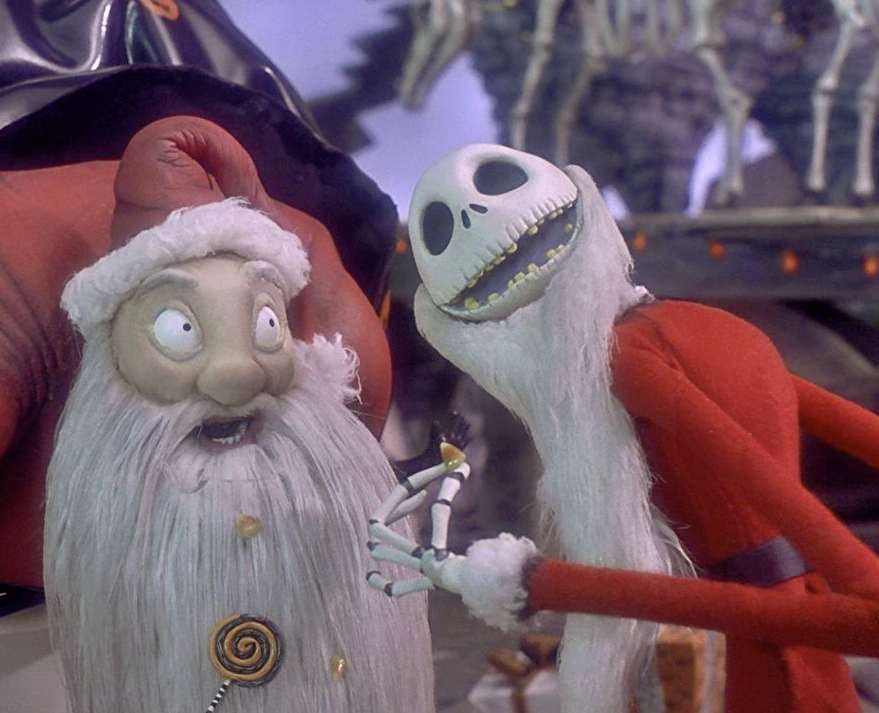
41. Enchanted (2007, Kevin Lima)
AMONG the most likeable and versatile American actresses working today, Amy Adams is also a fine comic performer and an impressive singer, both of which qualities are on display in this hilarious comedy-musical.
Directed by Disney regular Kevin Lima, Enchanted tells the story of an animated Disney princess, Giselle (Adams), who lives in the cartoon kingdom of Andalasia. There, she spends her time singing sugary ballads to the accompaniment of chirping forest animals and dreaming of marrying the handsome Prince Edward (James Marsden) – until, that is, she gets shoved down a well by the prince’s mean-spirited mum, Queen Narissa (Susan Sarandon).
Inexplicably, Giselle emerges through a manhole and into a place ‘where there are no happily-ever-afters’ – or New York City as it’s known. Only now, the bewildered princess has been magically transformed into a real-life 3D version of herself. Yes, it’s Disney does Last Action Hero, sort of.
The ensuing fish-out-of-water narrative is endlessly inventive and witty, and Lima and screenwriter Bill Kelly have great fun honouring traditional Disney tropes while simultaneously poking affectionate fun at them.
It is Adams’ pitch-perfect turn that makes the film so watchable, however. You truly believe she is a cartoon character made flesh, with the actress expertly mimicking the over-gesticulating mannerisms and manic chirpiness of umpteen Disney heroines.
A lesser actress would simply have made the character irritating (picture Anne Hathaway in the role and shudder), but Adams somehow manages to make Giselle’s guileless naivety endearing, whether she’s bursting into song at inopportune moments or musing over where to find sanctuary in downtown NYC (‘I could stay in a nearby meadow or with a houseful of dwarves – I hear they’re very hospitable’).
In fact, so funny is Adams that it’s almost a shame when her character inevitably becomes more ‘real’, a process prompted by her somewhat inexplicable feelings for Patrick Dempsey’s Robert, a cynical divorce lawyer who reluctantly houses Giselle at the behest of his young daughter, Morgan (Rachel Covey).
Thankfully, Marsden’s dopey Prince Edward has no such rude awakening. Displaying a knack for physical comedy that has, sadly, remained largely untapped in the years since, Marsden raises laughs almost every time he’s on screen, whether attacking a bus with his sword (‘take that, you steal beast!’) or mistaking the TV in his hotel room for a magic mirror.
Film fact: The film’s musical centrepiece – That’s How You Know – was filmed on location in Central Park and took over two weeks to complete, with 150 dancers and over 300 extras taking part.
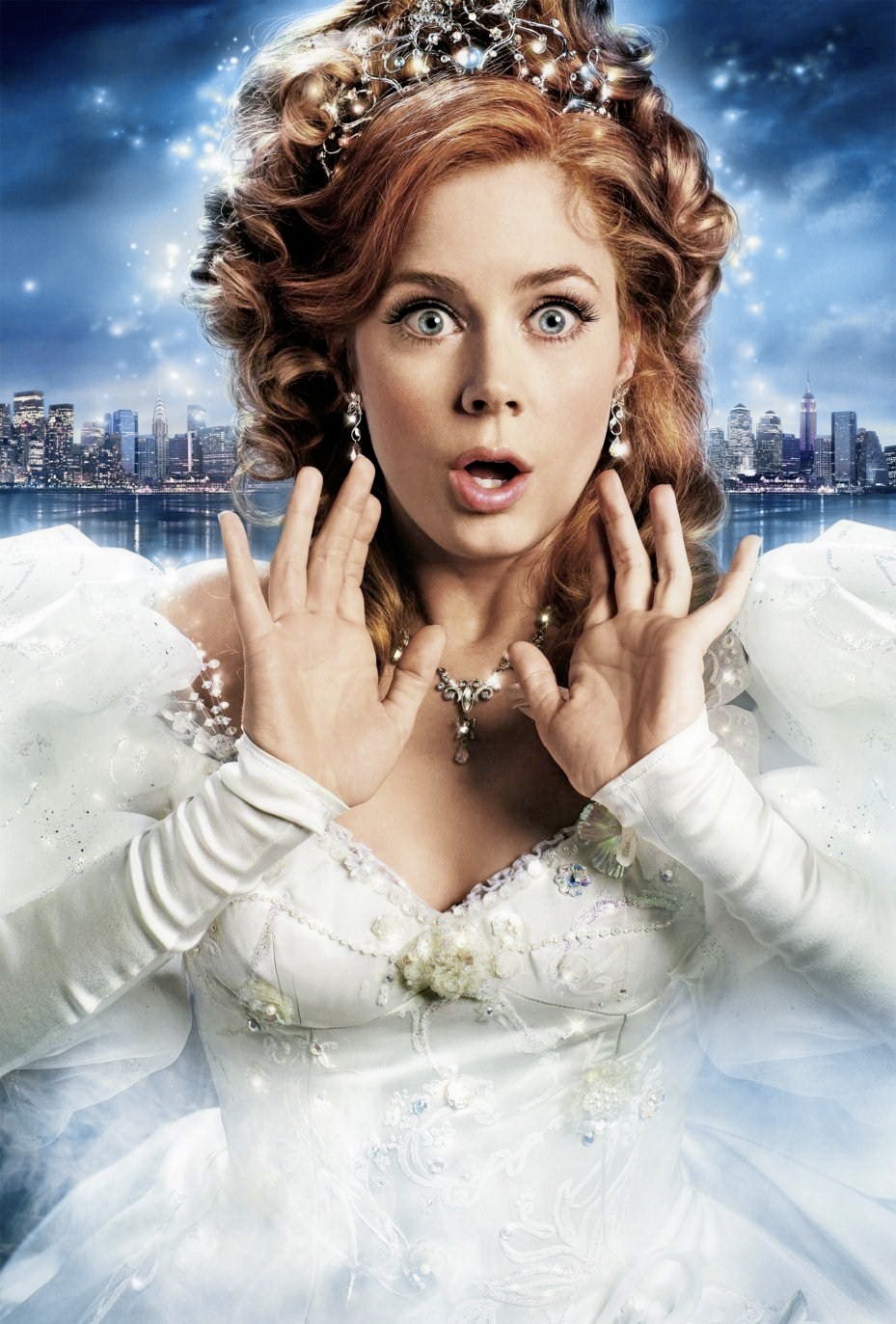
42. Toy Story 4 (2019, Josh Cooley)
43. Jumanji: Welcome to the Jungle (2017, Jake Kasdan)
44. The Aristocats (1970, Wolfgang Reitherman)
45. The NeverEnding Story (1984, Wolfgang Petersen)
46. Old Yeller (1957, Robert Stevenson)
47. Matilda (1996, Danny De Vito)
48. Coco (2017, Lee Unkrich)
49. ParaNorman (2012, Sam Fell and Chris Butler)
50. Inside Out (2015, Peter Docter)
OR The Numskulls: The Movie, as Beano fans of a certain age might well refer to it.
Directed by Pete Docter (Up, Monsters Inc), Inside Out tells the story of Riley, an 11-year-old schoolgirl who struggles with her family’s relocation to an unfamiliar city – a struggle that is exasperated when Riley’s ‘optimistic emotion’, Joy, goes missing and her less stable emotions – Fear, Disgust and Anger – take charge of her mental wellbeing.
The film’s clever concept – that human emotions manifest inside us as living beings – gives the animators plenty of opportunity to showcase the wit and imagination for which Pixar is renowned, with a perfect blend of childish humour and knowing in-jokes for adults.
Elsewhere, the themes of loss, heartbreak and forgotten memories give the film a surprisingly effective emotional punch, with one scene – involving Riley’s imaginary friend Bing Bong – rivalling even Up and Toy Story 3 in the wobbly-bottom-lip department.
Upon release, Inside Out was subjected to a lawsuit by Denise Daniels, a child psychologist from Minnesota, who claimed the central premise was identical to her own film project, The Moodsters – although as mentioned, surely both Ms Daniels and Pixar were guilty of plagiarising The Numskulls?
Film fact: Thanks to its relatively intimate setting (by Pixar standards), Inside Out required only half the number of animators as would typically be found working on a feature-length Pixar movie.
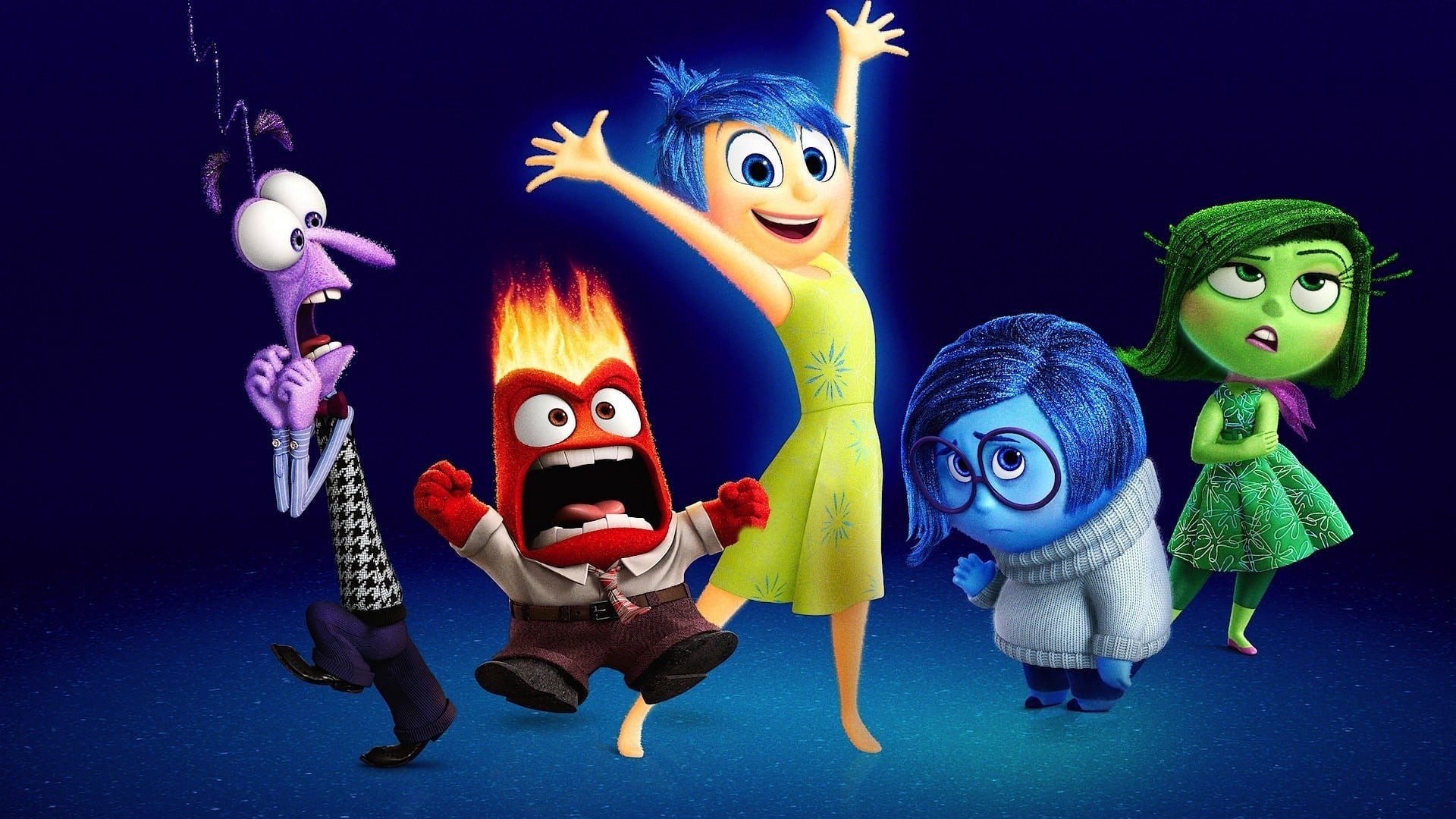
* If you enjoyed this list, be sure to read my other top 50 film lists on the Features page of the Jersey Evening Post website



